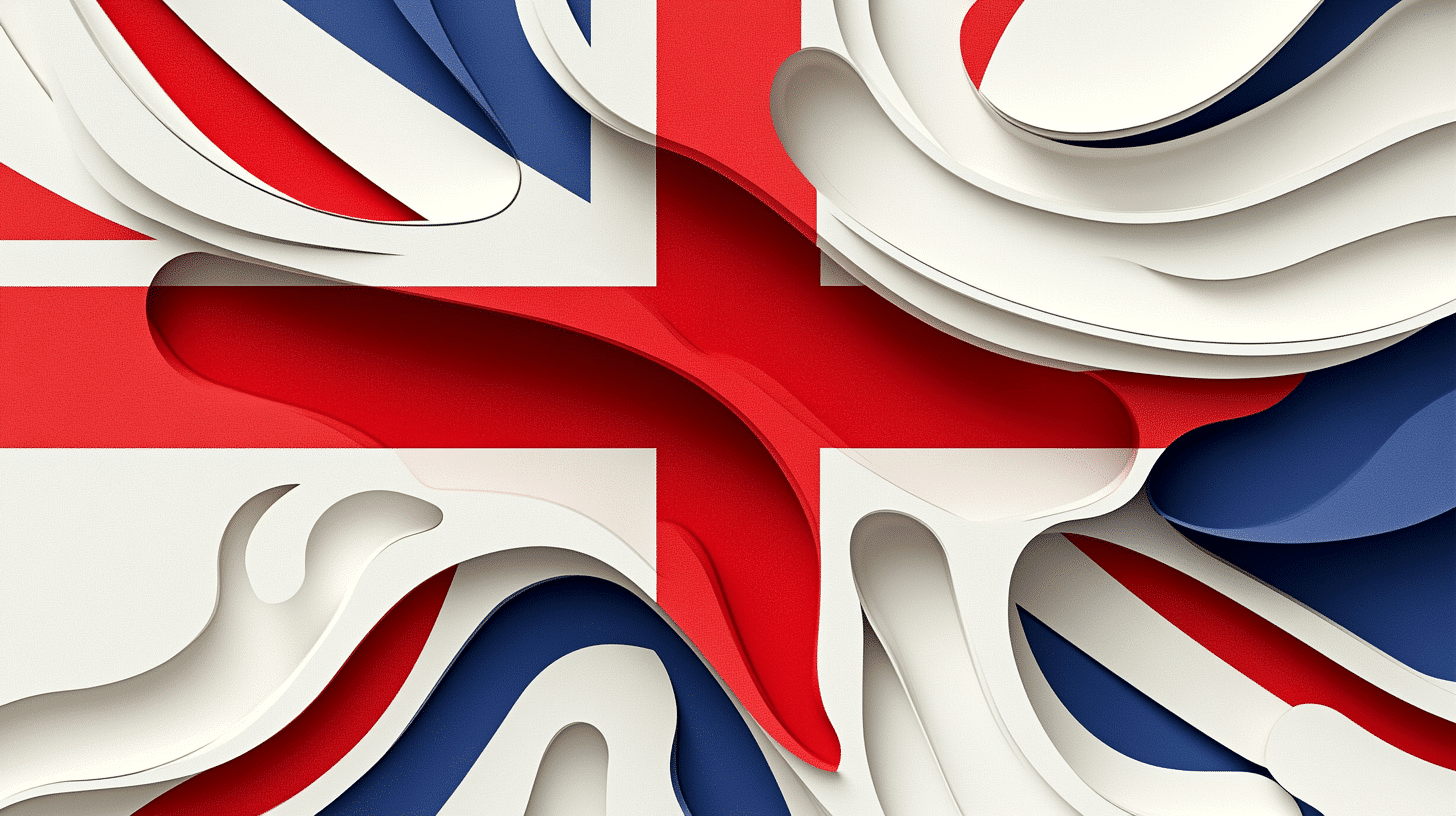What is Anti-Slavery Day?
Anti-Slavery Day is observed annually on October 18th in the United Kingdom to raise awareness about the ongoing issue of modern slavery and human trafficking. Established to draw attention to the fact that slavery still exists in various forms, the day highlights the need to combat these crimes and support the victims. Modern slavery includes forced labor, human trafficking, debt bondage, sexual exploitation, and domestic servitude. The goal of Anti-Slavery Day is to encourage governments, organizations, and individuals to take action against these injustices and work toward the eradication of all forms of slavery worldwide.
This day serves as a reminder that slavery is not a relic of the past but a present-day problem affecting millions of people across the globe. Anti-Slavery Day promotes awareness campaigns, educational initiatives, and advocacy efforts aimed at ending these human rights violations.
History and Origin
Anti-Slavery Day was introduced in the UK by a parliamentary act in 2010 through the efforts of former Conservative Party MP Anthony Steen, who founded the Human Trafficking Foundation. The purpose was to provide a national platform to bring awareness to modern slavery, human trafficking, and exploitation. While slavery was officially abolished in the British Empire in the early 19th century, human trafficking and forced labor remain significant global issues, and the day was created to focus on modern efforts to combat these practices.
Since its inception, Anti-Slavery Day has gained support from governments, NGOs, human rights activists, and the public. Organizations use this day to highlight ongoing efforts to prevent human trafficking, prosecute perpetrators, and protect victims. Various events, including educational programs, media campaigns, and legislative advocacy, are held to increase public knowledge and influence policy changes related to modern slavery.
Who Celebrates Anti-Slavery Day?
- Human Rights Organizations: NGOs, advocacy groups, and charities focused on combating modern slavery and human trafficking organize events, campaigns, and educational programs to raise awareness and advocate for policy changes.
- Governments: National and local governments participate by addressing the issue through legislation, law enforcement efforts, and public campaigns aimed at eradicating human trafficking and protecting victims.
- Schools and Universities: Educational institutions incorporate lessons and discussions on modern slavery, human rights, and global justice, encouraging students to become aware of and engaged in combating the issue.
- Businesses: Some companies mark Anti-Slavery Day by reviewing their supply chains to ensure they are free from exploitative labor practices, as well as by raising awareness among employees and customers.
- General Public: Individuals participate by learning more about modern slavery, sharing awareness campaigns on social media, and supporting organizations that fight against human trafficking and forced labor.
Slogans and Themes
Anti-Slavery Day focuses on themes of freedom, justice, and human dignity. Slogans like “End Modern Slavery” and “Freedom is a Right” emphasize the need to protect individuals from exploitation and uphold their basic human rights. The overarching theme is a call to action, urging governments, businesses, and the public to work together to eradicate all forms of slavery, from human trafficking to forced labor.
Colors, Symbols, and Patterns
- Colors:
- Red, symbolizing urgency and action, representing the need to address human trafficking and modern slavery with immediate and focused efforts.
- Black, often used to reflect the somber reality of slavery and exploitation, drawing attention to the darkness of these human rights violations.
- White, symbolizing hope, freedom, and the purity of justice, highlighting the goal of freeing those trapped in modern slavery.
- Symbols:
- Chains, representing the oppression and bondage of slavery, symbolizing the restrictions and exploitation faced by millions of people around the world.
- Broken chains, symbolizing the goal of freedom and the efforts to liberate individuals from modern slavery.
- Hands reaching out, representing solidarity and support for victims of slavery and the collective effort to bring justice.
- Patterns:
- Cracked patterns, representing the fragile state of human rights for those trapped in slavery, emphasizing the need for stronger protections and action.
- Network and grid motifs, symbolizing the interconnected nature of human trafficking operations and the global collaboration required to combat them.
- Bold typography, emphasizing the urgency of ending slavery and creating awareness through direct, impactful messages.
Most Used Hashtags
- #AntiSlaveryDay
- #EndSlavery
- #EndHumanTrafficking
- #ModernSlavery
- #StopHumanTrafficking
- #FreedomForAll
- #HumanRights
- #StandAgainstSlavery
How to Celebrate Anti-Slavery Day
- Attend or Organize Awareness Events: Participate in or host events like panel discussions, film screenings, or informational sessions that focus on modern slavery and the actions being taken to combat it.
- Learn About Modern Slavery: Educate yourself on the different forms of modern slavery, human trafficking, and labor exploitation, and share what you learn with others through social media or conversations.
- Support Anti-Slavery Organizations: Donate to or volunteer with organizations that work to combat modern slavery, rescue victims, and advocate for stronger policies to protect vulnerable populations.
- Raise Awareness on Social Media: Use the day’s official hashtags to spread awareness about human trafficking, share statistics, and highlight ongoing efforts to combat slavery and support survivors.
- Evaluate Supply Chains: If you’re a business owner or consumer, take the time to evaluate whether the products you buy or sell are ethically sourced, ensuring that they are free from forced or exploitative labor.
Anti-Slavery Day reminds us that while slavery may seem like a thing of the past, millions of people worldwide are still affected by human trafficking and forced labor. By spreading awareness, supporting anti-slavery organizations, and pushing for systemic changes, we can work together to help end modern slavery and promote a future where freedom and human dignity are truly universal rights.
October 18: Anti-Slavery Day (United Kingdom)
Why do you keep falling for the same type?
Read the article Lovemaps: the hidden blueprint of our love.

